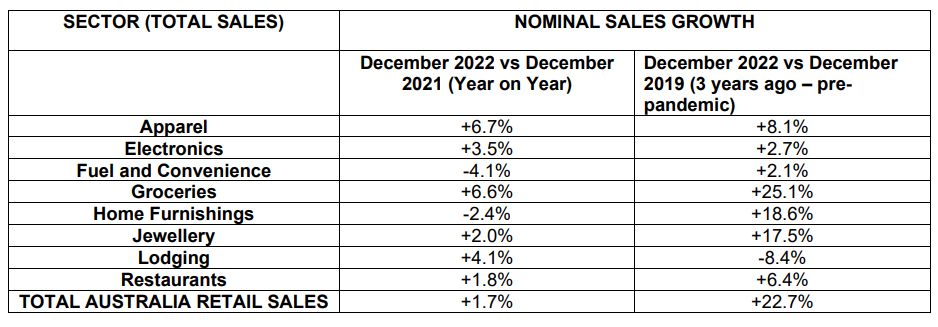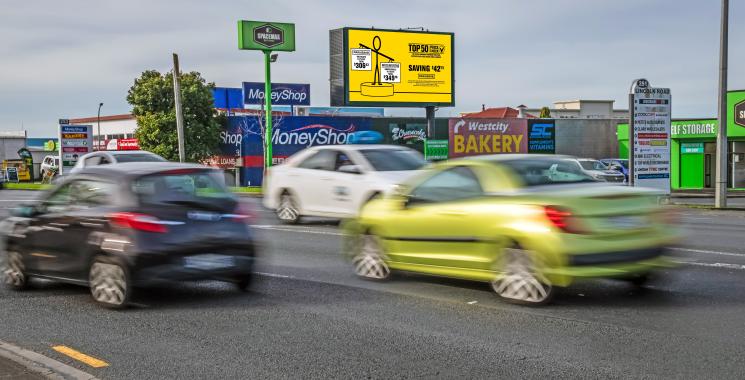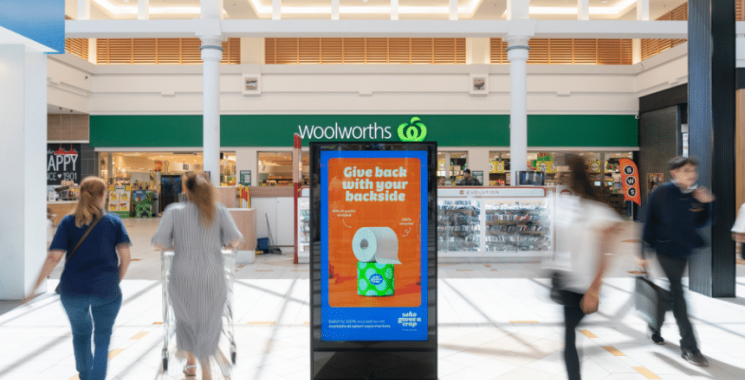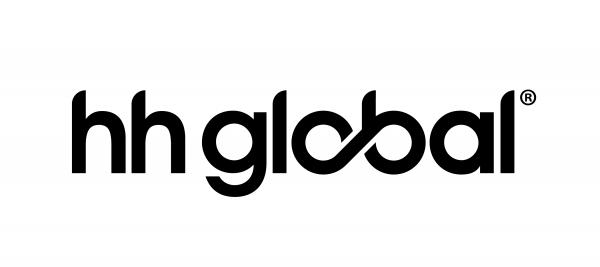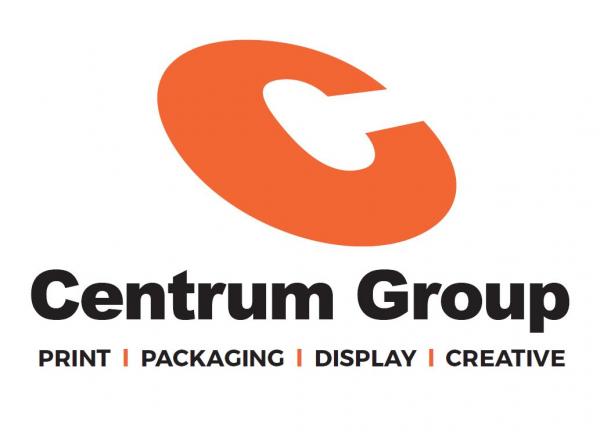
Apparel and groceries drive December retail sales growth.
Australian retail sales increased 1.7% in December compared to the same time last year, according to the latest Mastercard SpendingPulse™, which measures in-store and online retail sales across all forms of payment.
Most retail categories continued to show sales growth year on year. Apparel (up 6.7%) and Groceries (up 6.6%) reported the biggest increase in trade in December. Lodging also saw gains (up 4.1%), followed by Electronics (up 3.5%). There were year-on-year falls for Home Furnishings (down 2.4%) and Fuel and Convenience (down 4.1%).
It comes after Christmas came early for retailers in the bumper Black Friday trade, with a range of sales and deals encouraging shoppers to buy ahead.
Australian Retailers Association CEO Paul Zahra welcomed the results. “Achieving spending growth in December, during the peak of Australia’s shopping activity, is encouraging for retailers – especially in a period of economic uncertainty.”
“Home Furnishings and Fuel and Convenience were down on the previous year, due to a higher sales base last year, as these sectors had record growth last year due to the lockdowns ending. The growth in apparel sales is particularly outstanding due to the unseasonal cool Summer. Gross margins, however, may have been impacted as retailers worked to clear current inventory.”
“These December results are a testament to the resilience of the retail industry and set a good foundation as we anticipate a period of uncertainty in 2023, with inflationary pressures and the rising cost-of-living. We’re aware that it will be a challenging environment for businesses, particularly small businesses on tighter margins, as they continue to battle rising operating costs associated with fuel, energy, labour, supply chains and rent,” Mr Zahra said.
Mr Zahra flagged that inflation has also played a factor in the increased sales numbers.
Mastercard SpendingPulse December 2022
